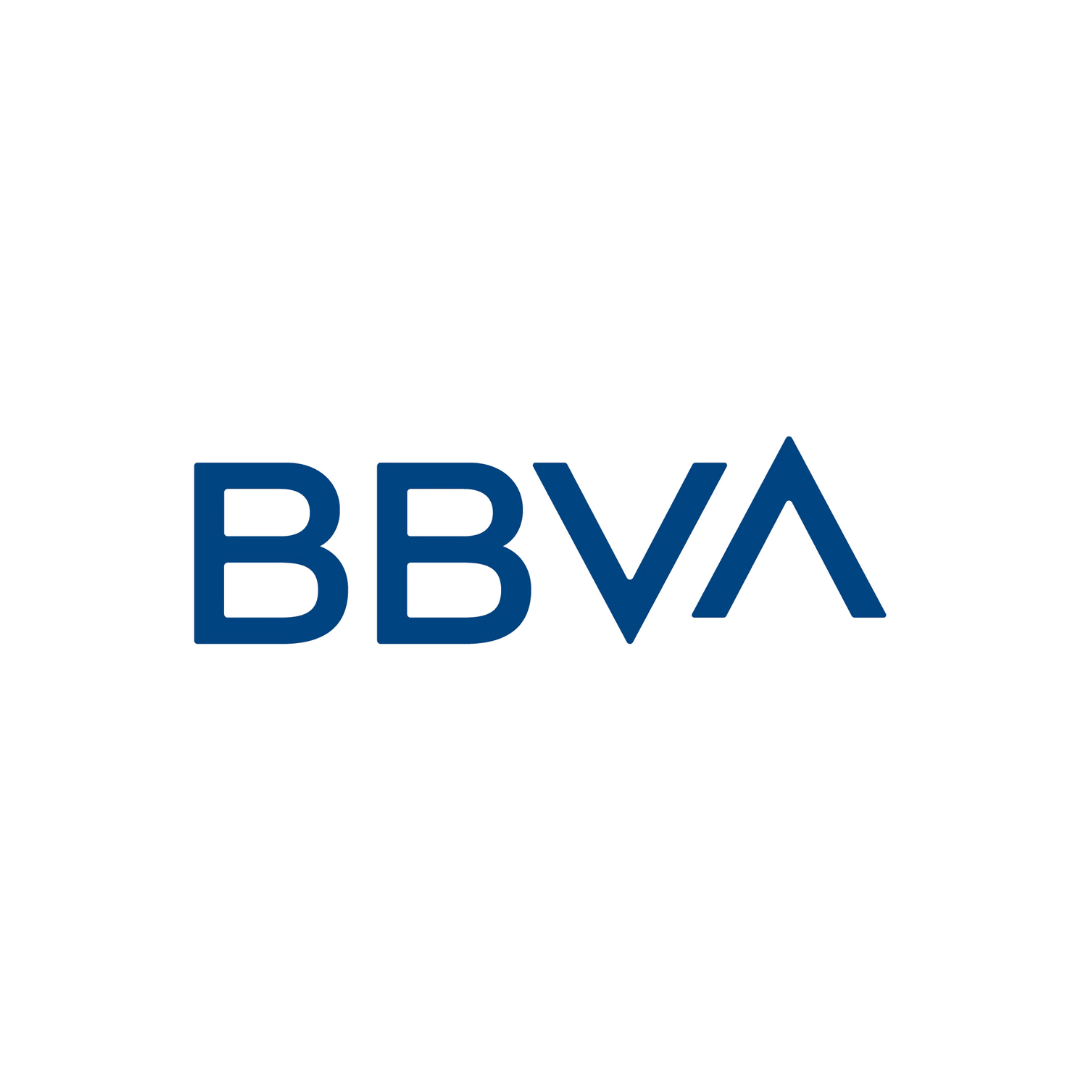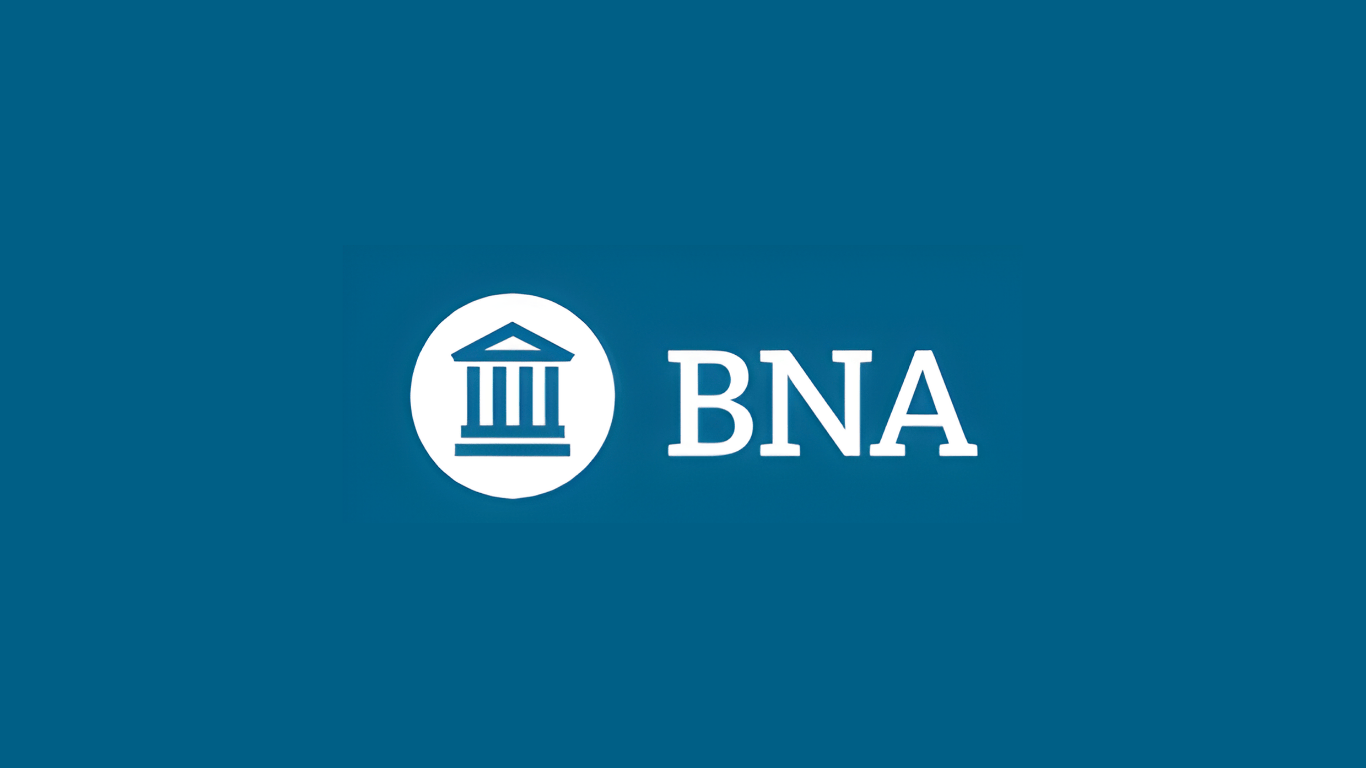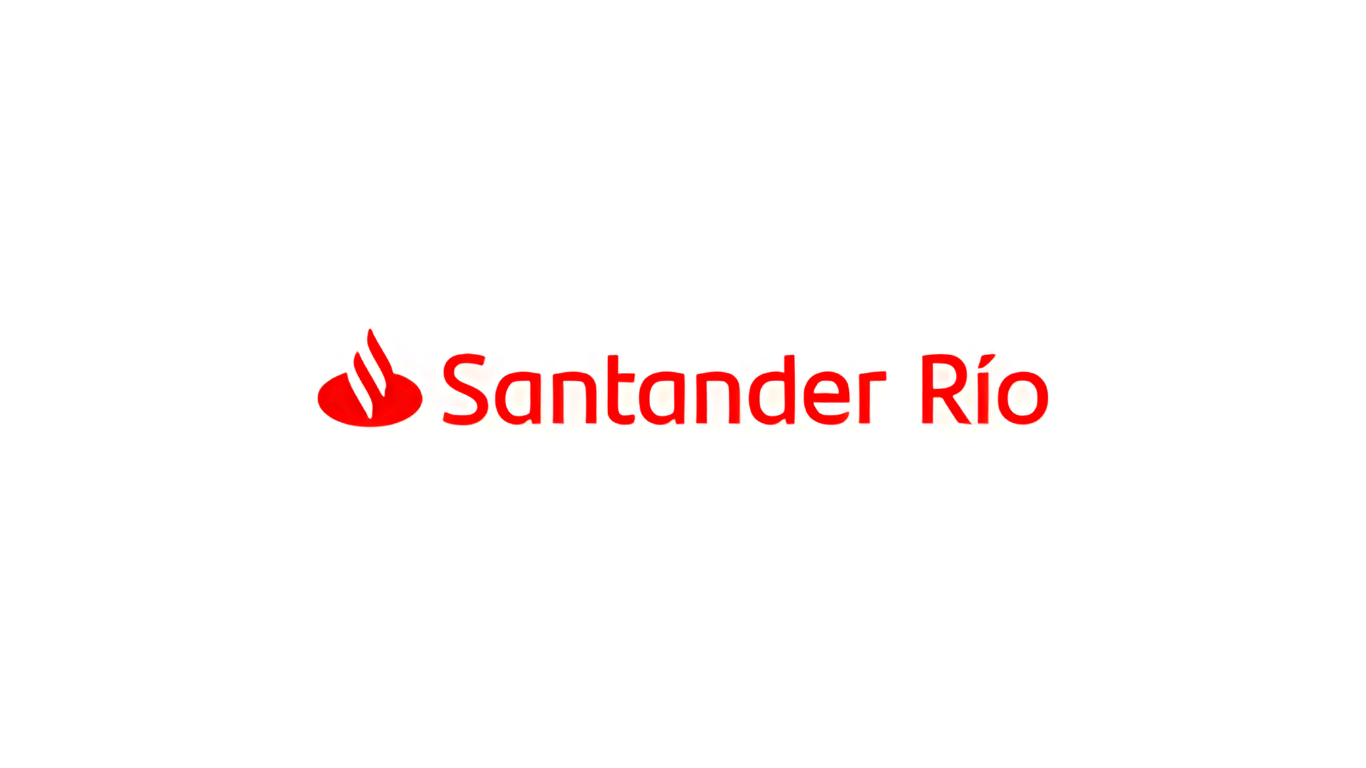Anúncios
Discover safe institutions that offer dollar loans and learn how to apply.

Dollar lending in Argentina has gained attention among people seeking hard currency credit with more predictable costs.
After regulatory changes, banks may use their own dollars, although access for individuals is still limited.
Conditions vary by institution, with differences in limits, terms, guarantees, and the impact of exchange rates.
Find out now how to apply for a dollar loan in Argentina, compare banks, and choose the safest option.
Dollar loan in Argentina: what the Central Bank allows today
Personal loans in dollars entered the spotlight after Argentina’s Central Bank allowed hard currency lending under specific rules.
The new rule lets banks lend their own dollars to people and companies, without requiring export dollar income today.
Even so, each institution sets limits, guarantees, and risk checks, because client dollar deposits cannot be freely used yet.
Knowing these conditions helps avoid surprises. A dollar loan can be useful, but it demands careful review of FX, terms, and costs.
Who can apply for a dollar loan in Argentina: requirements after the BCRA change
A personal loan in dollars may be requested by residents with good credit history, proven income, and capacity to repay in hard currency.
After the BCRA change, banks prioritize established customers with stable jobs, suitable limits, and sometimes extra guarantees.
A dollar loan usually requires a local account, up to date documents, FX risk review, and responsible use.
Foreigners or non residents rarely qualify, but they may have a chance if they prove dollar income and strong banking ties.
Why dollar loans are still hard to get
A personal loan in dollars may sound simple, but in Argentina it is still rare, selective, and full of steps.
The BCRA opening created room for credit, yet banks remain cautious because currency risk is high for everyone.
The limitation on using clients’ dollar deposits
Dollar deposits belong to clients and have special protection, so they cannot turn into standard credit automatically.
That is why a bank only lends dollars if it has its own funding, avoiding mixing public savings with a dollar loan.
Without that funding, supply stays small and expensive, and many requests are denied before the final review.
In practice, this protects depositors, but reduces options for individuals who want fast hard currency credit.
The role of Decree 905/2002 in today’s restrictions
Decree 905/2002 came after currency crises and set that bank dollars must support sectors that generate foreign currency.
So foreign currency loans stay tied to exports, imports, or production that earns dollars, not everyday consumer use.
Despite the recent BCRA rule, this decree still guides audits and makes banks wary of loosening too much.
Until it is formally revised, it acts as a legal brake, limiting personal dollar lines for retail borrowers.
Why some banks offer only to companies, not individuals
Exporting firms earn hard currency, so banks see lower payment and default risk for them.
For individuals, income is usually in pesos, and any FX jump can strain the monthly budget quickly.
That is why many banks release only corporate lines, keeping dollar loans away from the general public for now.
When retail offers exist, banks ask for guarantees, smaller limits, and premium profiles to balance risk carefully.
Currency risk in dollar loans: the biggest concern
A personal loan in dollars may look safe, but the exchange rate can shift and turn light payments into monthly shocks.
When your income is in pesos, a stronger dollar raises your debt, even if interest is low on the dollar loan.
If the peso loses value fast, your local currency payment rises more than planned, squeezing your budget suddenly.
So simulate FX scenarios, choose shorter terms when possible, and keep an extra cushion for near term swings.
What a personal loan in dollars is used for in Argentina
A personal loan in dollars helps people who need hard currency for planned expenses without relying on daily exchange moves.
It can cover travel, studying abroad, medical treatments, or international purchases, because a dollar loan supports larger amounts.
It may also back small investments like home upgrades, equipment, or personal working capital, when you receive part of income in dollars.
With interest usually lower than peso credit, it can organize finances, as long as currency risk fits your plan.
Step by step to try a personal loan in dollars with Argentine banks
Following a clear path saves time and improves your chances of getting hard currency credit.
Site

- List banks that mention dollar credit lines, even if aimed at specific niches.
- Check whether they accept individuals and which profiles they prioritize: income, history, and banking relationship.
- Confirm the bank’s dollar source, since only “own dollars” can fund this line.
- Ask for a formal quote with TNA, TEA, and CFT or CET in dollars before any verbal offer.
- Compare possible amounts and terms, watching how the payment looks in pesos.
- Ask about opening fees, required insurance, and provincial taxes.
- Assess your FX risk: simulate a stronger dollar and see if your income can handle it.
- Gather basic documents: ID, income proof, local account, and banking history.
- Negotiate guarantees if needed, since they can raise limits and lower rates.
- Read the full contract, focusing on FX clauses, late fees, and extra costs.
With these steps, you compare institutions safely and avoid common traps in dollar credit.
Banks that may offer personal loans in dollars in Argentina
With the BCRA change, only banks with “own dollars” tend to lead this credit.
Site

Banco de la Nación
- Banco Galicia: among the country’s largest and cited as one that already raised own dollars through bonds or external lines to lend in USD.
- BBVA Argentina: an international bank with easier access to external funding, also listed among those building recent structures for own dollar lending.
- Banco Supervielle: a private institution that already runs USD financing in niches and was mentioned as using own dollars to expand hard currency credit.
- Banco Santander Argentina: one of the top five by local credit volume, with size and network to launch USD lines when own funding is available.
- Banco de la Nación Argentina (Banco Nación): the largest bank by loan book, and by system leadership a natural candidate to offer dollar lines as funding grows.
These names are the strongest starting point, but individual offers are still selective and can change fast.
Personal loans in dollars in Argentina (BCRA): the amounts that really show up
Personal loans in dollars in Argentina usually appear with moderate values, because few banks accept open FX risk today.
In practice, a dollar loan is more common between US$5,000 and US$15,000, varying by profile and guarantee.
Clients with hard currency income or premium banking history may negotiate higher limits, especially with collateral or strong relationships.
Even so, each proposal is individual: term, rate, and amount depend on the bank’s own funding and final review.
Personal loan terms in dollars: how long banks usually offer
Personal loans in dollars tend to come with shorter terms, since banks avoid long FX exposure today.
Right now, a dollar loan often ranges from 12 to 48 months, with some offers reaching 60 months, rarely more.
The longer the term, the lower the dollar payment, but the higher the risk if the peso weakens over time.
That is why many borrowers prefer 24 or 36 months, balancing affordable payments and protection against sharp FX moves.
Dollar personal loan rates: which numbers you must track
Before signing, understanding each rate avoids surprises and helps you compare banks clearly.
- TNA in dollars (Nominal Annual Rate): base interest, and the first figure banks present.
- TEA in dollars (Effective Annual Rate): shows real interest after compounding, and is best for comparisons.
- CFT or CET in dollars (Total Cost): includes interest, fees, insurance, and taxes, the true price.
- Origination fee: charged at disbursement and can weigh on the final financed amount.
- Required insurance in USD: life or balance coverage, added to the payment and raising CET.
- Stamp tax or provincial fees: vary by region and may lift costs without being obvious.
- Late payment penalties: high punitive interest, worth asking about before you sign.
- Rate type (fixed or variable): fixed adds predictability, variable can change your cost during the term.
With these figures, you pick the safest credit and avoid paying more than you realize.
Why personal loans in dollars remain rare after the BCRA change
Personal loans in dollars still show up rarely because Argentine banks stay cautious and prefer to test demand slowly.
Even authorized, a dollar loan depends on own funding, and not every institution has enough dollars to lend now.
Older rules protect client deposits, so hard currency credit cannot use that cash freely.
With high FX risk for peso earners, banks limit amounts and approve only very solid profiles.
Conclusion
With the BCRA opening, dollar loans became an alternative, but they require comparing banks, rates, and FX risk carefully.
Amounts and terms depend on own funding, client history, and guarantees, so simulating scenarios before signing matters.
If your income is in pesos, plan reserves and choose sustainable payments, so a stronger dollar does not derail your budget.
Enjoyed this? Want a reliable option? Check out the Santander Río Personal Loan with full details in the article below.
Recommended Content
